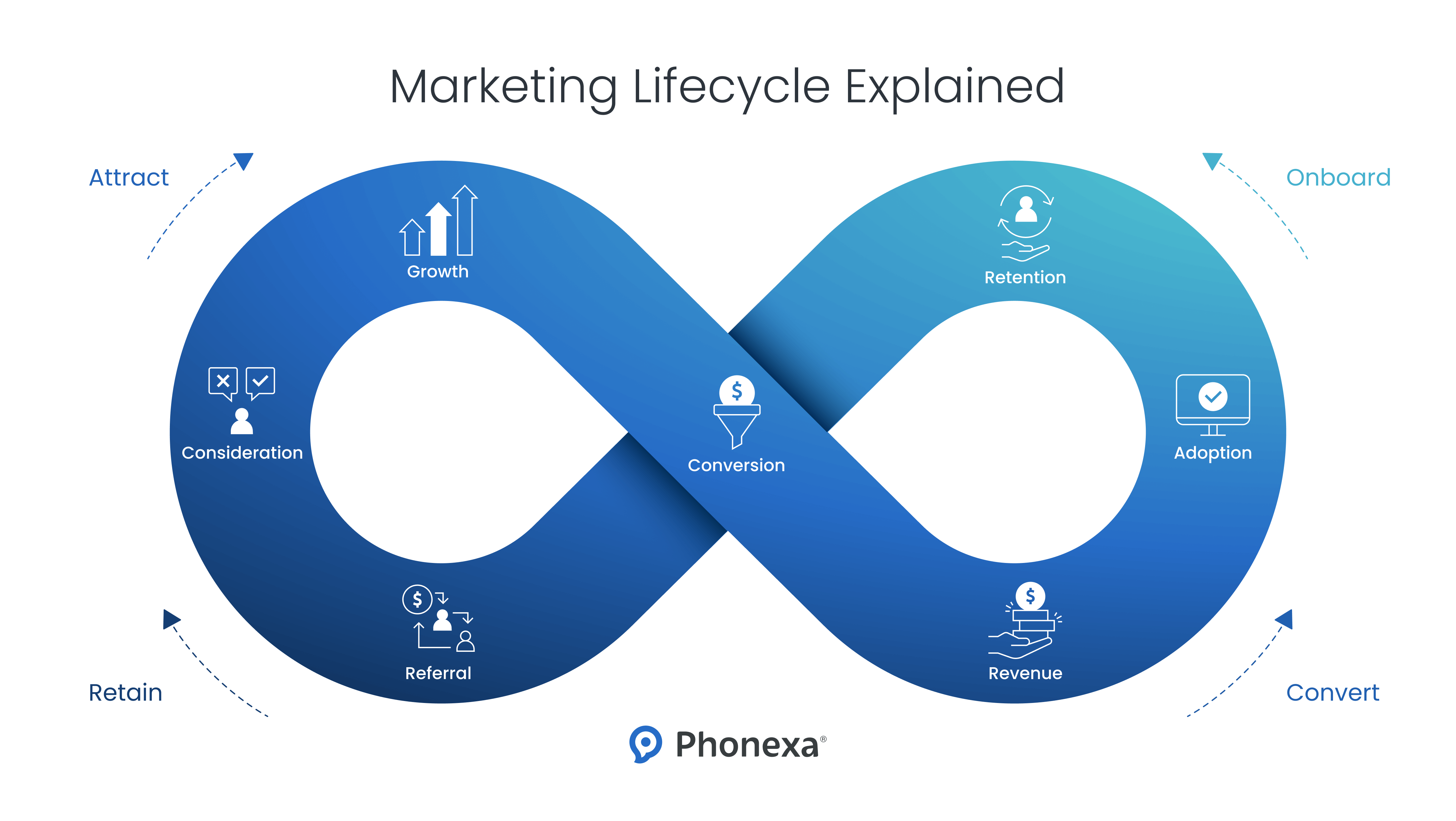Uncovering Secrets: Hookup Detectives
Explore the world of modern relationships and dating with insights from our hookup detectives.
From Noob to Pro: Navigating the Player Lifecycle Marketing Journey
Master the player lifecycle! Discover tips and strategies to transform from a gaming noob to a pro in our comprehensive guide.
Understanding the Player Lifecycle: Key Stages from Noob to Pro
The player lifecycle is a crucial framework that illustrates the journey of gamers from noob to pro. Understanding this progression can significantly enhance both game design and marketing strategies. The lifecycle typically begins with the Discovery Stage, where new players become acquainted with the game through advertisements, social media, or word-of-mouth. This is followed by the Engagement Stage, during which players invest time and effort into learning the mechanics and features of the game, often participating in tutorials or initial quests that help them grasp the basics.
As players gain confidence, they move into the Development Stage, where they start honing their skills, experimenting with various strategies, and forming communities with other players. It is essential for developers to support this transition by providing resources such as guides and in-game events. Finally, the lifecycle culminates in the Expert Stage, where players have mastered the game, often contributing to the community by creating content like tutorials and live streams, thus completing a cycle of engagement that not only elevates their status but also helps newcomers on their journey.

Counter-Strike is a popular first-person shooter game that pits teams of terrorists against counter-terrorists in a variety of game modes. Players engage in tactical gameplay, requiring teamwork and strategy to outsmart their opponents. For those looking to enhance their gaming experience, using a betpanda promo code can provide some exclusive bonuses.
Top Strategies for Engaging Players at Every Stage of Their Journey
Engaging players throughout their journey requires a multifaceted approach. The initial phase, often termed the onboarding stage, is crucial as it sets the tone for the player's experience. To capture attention from the outset, consider implementing an interactive tutorial that guides users through the game mechanics. Incorporating gamification elements such as rewards for completing tasks can further enhance motivation. Once players are familiar with the basics, maintaining their interest is key. Regular updates and new content can keep the gameplay fresh, ensuring players always have something to strive for.
As players progress to the mid and late stages of their journey, fostering a sense of community becomes essential. This can be accomplished through features like leaderboards, allowing players to compete against one another, and forums or social media groups where they can share tips and experiences. Additionally, personalized content can significantly boost engagement. By using player data to tailor challenges, rewards, and notifications, you can create a unique experience for each user that resonates with their preferences. Ultimately, ensuring that players feel valued and invested in their journey leads to long-term retention and satisfaction.
How to Leverage Player Analytics to Enhance the Gaming Experience
In the competitive landscape of gaming, understanding player behavior is crucial for enhancing the overall user experience. By leveraging player analytics, developers can gain valuable insights into how players interact with their games. This data can include metrics such as playtime, level completion rates, and in-game purchases. By utilizing these insights, game designers can tailor game mechanics, difficulty levels, and rewards systems to better fit the preferences of their audience. For instance, if analytics show that players tend to abandon a game at a certain level, developers can reassess the challenges presented in that stage and make necessary adjustments.
Moreover, incorporating player analytics into marketing strategies can drive player engagement and retention. By identifying trends and patterns through player data, developers can create personalized experiences that cater to individual preferences. This may involve sending targeted promotions or designing in-game events that resonate with the community. Additionally, feedback loops can be established by encouraging players to share their experiences directly, further refining how the game evolves. Overall, by harnessing the power of player analytics, gaming companies can not only enhance gameplay but also foster a loyal player community.